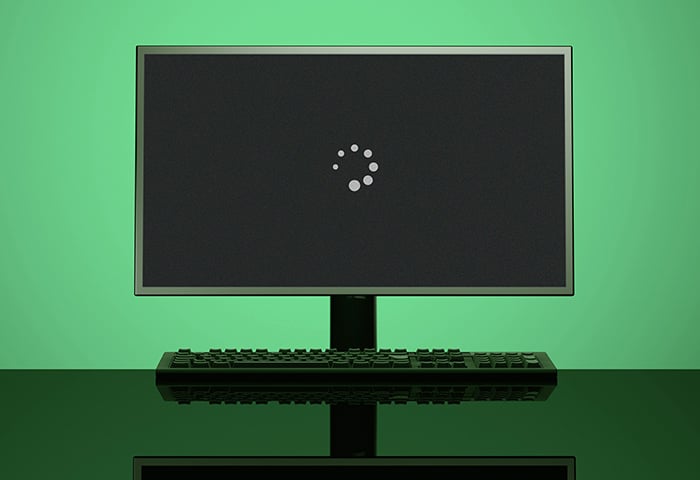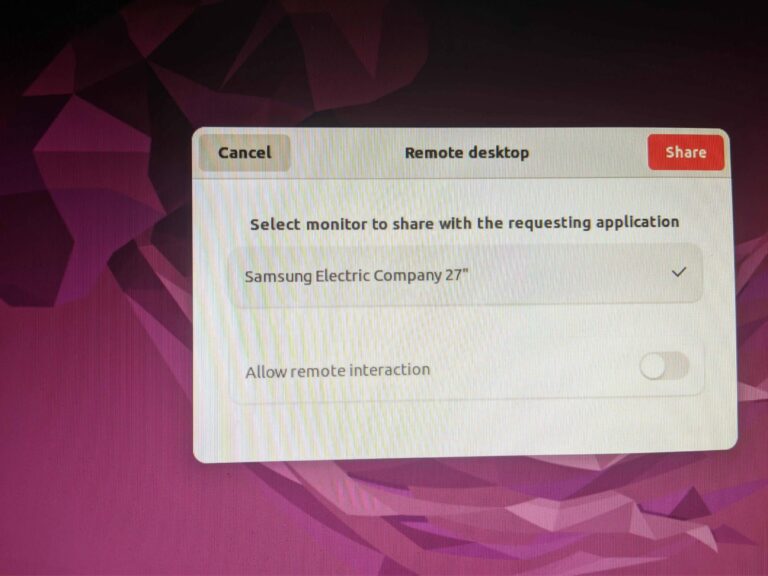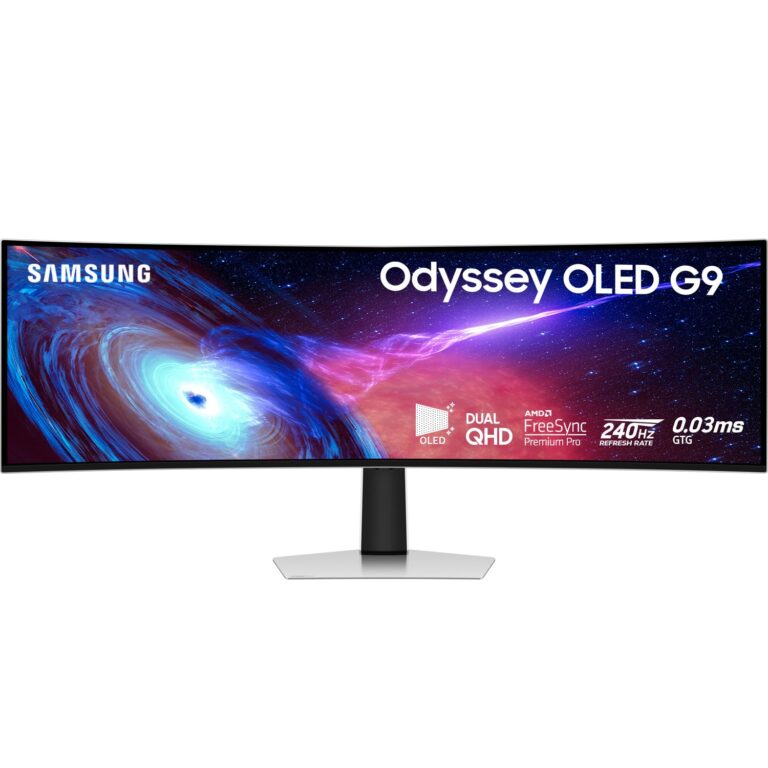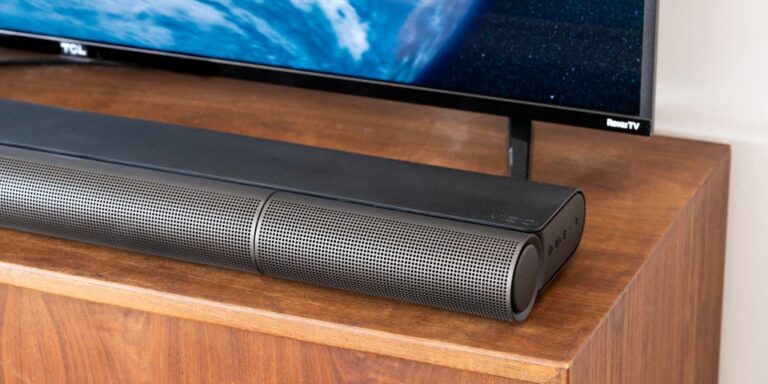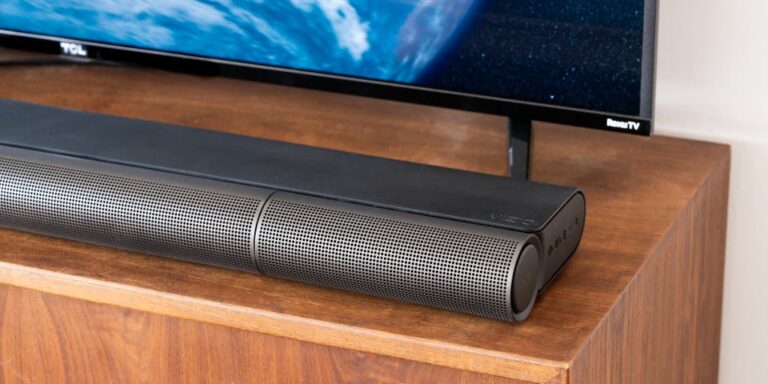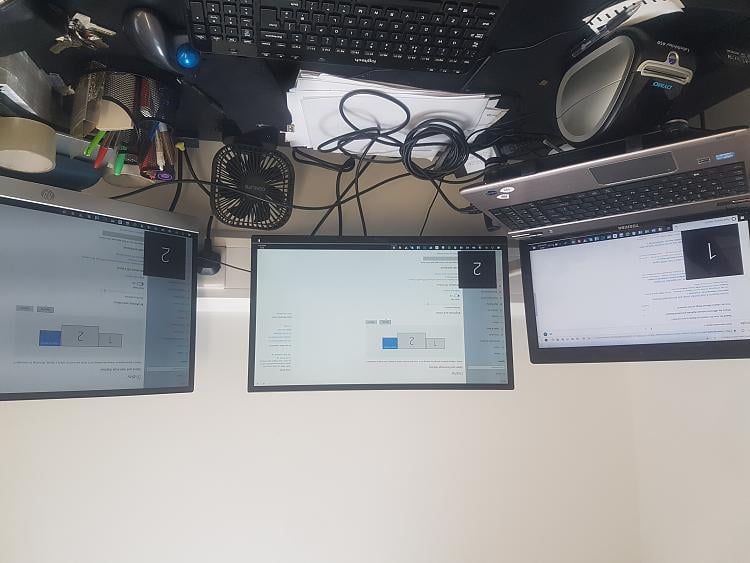Catalyst Monitor Not Ready: Troubleshooting Tips and Solutions
If the catalyst monitor is not ready, along with the oxygen sensor monitor, it is likely due to a weak battery. Replace the battery if it is more than four years old and rerun the drive cycle to resolve the issue.
While the car may start fine, the PCM is sensitive to battery glitches. This can be a common cause for the catalyst monitor not being ready. It is essential to ensure the battery is in good condition for the drive cycle to complete successfully.
This article will provide further insights and solutions for catalyst monitor readiness issues.
Understanding Catalyst Monitor Function
If you’re experiencing the issue of the catalyst monitor not being ready, it is likely due to a weak battery. Replace the battery if it’s over four years old and run the drive cycle again. The PCM is sensitive to even the slightest battery glitches.
What Is A Catalyst Monitor?
A catalyst monitor is a crucial part of a vehicle’s emission control system. It is a component of the On-Board Diagnostics (OBD) system that monitors the efficiency and performance of the catalytic converter. The catalytic converter plays a vital role in reducing harmful emissions from the vehicle’s exhaust gases, helping to protect the environment and maintain air quality standards.
Role In Vehicle Emission Control
The catalyst monitor is responsible for ensuring that the catalytic converter is functioning optimally. It continuously monitors the catalyst’s performance and detects any deviations or issues that may arise. By analyzing the data collected from various sensors, the catalyst monitor determines whether the catalytic converter is effectively reducing harmful emissions such as nitrogen oxides (NOx), carbon monoxide (CO), and hydrocarbons (HC).
An efficient catalyst monitor helps maintain compliance with emission control standards set by regulatory authorities, reducing the impact of vehicle emissions on our environment and improving air quality for everyone.
Impact On Vehicle Performance And Diagnostics
The catalyst monitor not only plays a vital role in emission control but also impacts vehicle performance and diagnostic capabilities. When the catalyst monitor is functioning correctly, it allows the vehicle’s powertrain control module (PCM) to accurately assess the health of the catalytic converter and other components of the emissions control system. This ensures that the vehicle is running efficiently and helps identify any potential issues that may affect engine performance.
Furthermore, the catalyst monitor plays a crucial role in diagnostic procedures. When a vehicle undergoes an OBD scan, the catalyst monitor is assessed to determine if it is “ready” or “not ready.” If the catalyst monitor is not ready, it indicates that the vehicle has not completed the required drive cycles for the PCM to evaluate the catalytic converter’s performance. This can lead to failed smog tests or other issues related to emissions control checks.
In conclusion, understanding the Catalyst Monitor function is essential for maintaining a vehicle’s emission control system, ensuring optimal performance, and diagnosing potential issues. By monitoring the efficiency of the catalytic converter, the catalyst monitor helps reduce harmful emissions and contributes to a cleaner and healthier environment.
Common Catalyst Monitor Triggers
When your Catalyst Monitor is not ready, it could be due to a weak battery. If your battery is over four years old, replacing it and re-running the drive cycle may solve the issue. The PCM is very sensitive to even the slightest battery glitch.
The Catalyst Monitor is an important component of a vehicle’s emissions control system. It helps to ensure that the catalytic converter is functioning properly, reducing harmful emissions. However, there are several factors that can trigger the Catalyst Monitor to show as “Not Ready.” In this section, we will explore common triggers that may be causing this issue.
Incomplete Drive Cycles And Its Effects
One common trigger for the Catalyst Monitor to be “Not Ready” is incomplete drive cycles. Drive cycles are specific driving conditions that the vehicle needs to go through in order for the onboard computer system, also known as the Powertrain Control Module (PCM), to run various diagnostic tests. These tests include checking the catalyst efficiency. If the vehicle has not gone through the necessary drive cycles, the Catalyst Monitor will not be ready.
So, what happens if the drive cycles are incomplete and the Catalyst Monitor is not ready? Well, it means that the vehicle may not pass the emissions test. In areas where emissions testing is required, this can be a significant issue. It is important to ensure that the necessary drive cycles are completed before undergoing an emissions test or inspection.
Battery Health And Catalyst Monitor Readiness
Another potential trigger for the Catalyst Monitor to show as “Not Ready” is battery health. If the battery is weak or old, it may not provide enough power to the PCM, causing it to function improperly. Even if the vehicle starts fine, the PCM can be hypersensitive to even the slightest battery glitch. In this case, replacing the battery and re-running the drive cycle could solve the issue.
It is crucial to remember that the Catalyst Monitor relies on the proper functioning of various components, including the battery. Monitoring and maintaining a healthy battery can help ensure the readiness of the Catalyst Monitor and overall emission control system.
Detecting Obd-ii Trouble Codes And What They Mean
When the Catalyst Monitor is “Not Ready,” it is essential to check for any OBD-II trouble codes and understand what they mean. The OBD-II system is a diagnostic tool that monitors various aspects of a vehicle’s performance and emissions control system. If there are any issues with the catalytic converter or other components, it will likely be indicated by specific trouble codes.
By detecting and understanding these trouble codes, you can gain insight into the potential reasons behind the Catalyst Monitor’s “Not Ready” status. This information can help you troubleshoot and address any underlying problems. It is advisable to use an OBD-II scanner or take your vehicle to a professional mechanic to read and interpret the trouble codes accurately.
Assessing Your Vehicle’s Drive Cycle
When it comes to assessing your vehicle’s drive cycle, one crucial aspect to consider is the readiness of the catalyst monitor. The catalyst monitor is responsible for monitoring the efficiency of the catalytic converter in reducing harmful emissions. If the catalyst monitor is not ready during a smog test, it could potentially result in a failed inspection.
Key Components Of A Drive Cycle
Understanding the key components of a drive cycle is essential when assessing your vehicle’s readiness for the catalyst monitor. A drive cycle typically consists of a combination of city and highway driving under specific conditions, allowing the vehicle’s computer system to perform various self-tests. These self-tests check the emissions control system components, including the catalytic converter.
During the drive cycle, the vehicle’s computer monitors the oxygen sensor, the catalyst monitor, and other relevant components to ensure they are functioning correctly. It requires specific driving conditions, such as maintaining a steady speed, accelerating, decelerating, and even idling, to trigger the self-tests and enable the catalyst monitor to reach a “ready” state.
Importance Of Ignition Off/on Cycles
Aside from driving under specific conditions, the ignition off/on cycles also play a crucial role in the readiness of the catalyst monitor. These cycles involve turning the ignition off for a brief period and then turning it back on. These cycles allow the vehicle’s computer system to perform additional self-tests and ensure that the catalyst monitor is ready.
It’s important to note that simply putting miles on your vehicle may not be sufficient to ensure the catalyst monitor is ready. You may need multiple ignition off/on cycles, in addition to the required driving conditions, to trigger the necessary self-tests and achieve readiness.
How Many Miles Typically Needed For Readiness?
There isn’t a fixed mileage requirement for the catalyst monitor to reach readiness. The mileage required can vary depending on several factors, such as the vehicle make and model, driving habits, and even the condition of the catalytic converter itself. It’s crucial to follow the specific drive cycle recommended by the vehicle manufacturer or consult a professional technician for guidance.
By adhering to the recommended drive cycle and ensuring the ignition off/on cycles are performed, you can increase the likelihood of the catalyst monitor reaching readiness before undergoing a smog test. This proactive approach not only helps you pass the smog test but also ensures that your vehicle’s emissions control system is functioning optimally, reducing harmful pollutants that contribute to air pollution.
Exploring Potential Drive Cycle Disruptions
When you encounter the “Catalyst Monitor Not Ready” issue, it’s essential to investigate if there are any underlying problems with the Engine Control Unit (ECU) or if the monitors have been disabled. The ECU plays a crucial role in regulating the vehicle’s emissions system, including the catalyst monitor. When it comes to ECU issues, it could be a malfunctioning sensor or a fault in the ECU itself that is preventing the catalyst monitor from reaching readiness.
The drive cycle is a specific sequence of conditions that a vehicle needs to go through in order for its internal systems to complete the necessary tests and become ready. Completing a full drive cycle ensures that the various components, including the catalyst monitor, have been thoroughly evaluated. However, it’s important to note that simply driving a certain number of miles may not be enough. The drive cycle often involves specific patterns of ignition on/off cycles, varying speeds, and durations, which are necessary for the ECU to perform the required tests.
The readiness of the catalyst monitor can also be influenced by external factors such as weather conditions and individual driving habits. Extreme temperatures, both hot and cold, can affect the efficiency of the catalyst, making it more difficult for the monitor to reach readiness. Additionally, driving habits that mainly involve short trips or frequent stops and starts may hinder the completion of the drive cycle, prolonging the time it takes for the catalyst monitor to become ready.
In conclusion, exploring potential drive cycle disruptions is essential when dealing with the “Catalyst Monitor Not Ready” issue. Identifying any ECU issues or disabled monitors is crucial to determine the root cause of the problem. Understanding the relationship between the drive cycle and readiness helps clarify why simply driving a certain number of miles may not be enough. Lastly, being mindful of weather conditions and driving habits can help ensure that the catalyst monitor reaches readiness in a timely manner.
Practical Steps To Address Readiness Issues
If the catalyst monitor is not ready, check if the oxygen sensor and catalyst monitors are also not ready, as a weak battery may be the culprit. Replace the battery if it is over four years old and rerun the drive cycle, as the PCM is sensitive to even minor battery glitches.
Best Practices For Completing A Proper Drive Cycle
Completing a proper drive cycle is essential to ensure that the catalyst monitor is ready for a smog test. Here are some best practices to follow:
- Start your vehicle with a fully charged battery to ensure consistent power supply to the Powertrain Control Module (PCM).
- Ensure that the fuel tank is between 15% and 85% full. A low fuel level or a completely filled tank can affect the drive cycle.
- Begin by driving your vehicle on city streets for about 10 minutes, maintaining a speed between 30 to 45 miles per hour. This helps warm up the engine and catalytic converter.
- Next, take your vehicle onto the highway and drive at a steady speed of around 55 to 60 miles per hour for another 10 minutes. This allows the PCM to collect data from the oxygen sensor and catalytic converter.
- Make sure to avoid sudden accelerations or decelerations during the drive cycle, as this can interrupt the monitoring process.
- Repeat this drive cycle at least two to three times to increase the chances of the catalyst monitor becoming ready.
When To Consider Replacing The Vehicle Battery
If your vehicle’s catalyst monitor is not ready and the oxygen sensor monitor is also not ready, it is likely due to a weak battery. Consider replacing the battery if it meets the following conditions:
- The battery is more than four years old
- The PCM is hypersensitive to even the slightest glitch in the battery
- Although your car starts fine, a weak battery can lead to readiness issues with the catalyst monitor
Diy Vs. Professional Diagnostic Approaches
When addressing readiness issues with the catalyst monitor, you may wonder whether to pursue a DIY approach or seek professional diagnostic assistance. Here are some factors to consider:
| DIY Approach | Professional Diagnostic Approach |
|---|---|
|
|
Understanding the advantages and limitations of each approach can help you decide the best course of action to address readiness issues with the catalyst monitor.
Solutions For Specific Scenarios
If you’re facing the issue of the catalyst monitor not being ready, it could be due to a weak battery. Consider replacing the battery if it’s over four years old, as even a slight glitch can affect the PCM’s sensitivity.
Take the necessary steps to ensure the drive cycle completes successfully. Search online for more information on how to resolve this issue.
Tips For Owners Facing A Smog Check With Readiness Issues
If you are facing a smog check and your vehicle’s catalyst monitor is not ready, there are a few solutions that you can try to ensure a successful test. Here are some tips to help you:
- Drive your vehicle extensively: One of the main reasons for a catalyst monitor not being ready is that the drive cycle has not been completed. It is important to drive your vehicle for a significant distance, preferably on the highway, to complete the required drive cycle. This will allow the vehicle’s computer system to check all the parts of the emissions control system properly.
- Perform multiple ignition cycles: In addition to driving for a sufficient distance, it is also recommended to perform multiple ignition cycles. This means turning off and on your vehicle’s ignition several times. This helps to ensure that all the necessary checks are completed by the computer system.
- Avoid resetting the vehicle’s computer system: Resetting the computer system, such as disconnecting the battery, can erase the readiness status and make the catalyst monitor not ready again. Therefore, it is best to avoid resetting the system if a smog check is imminent.
- Check for any potential issues: If you have completed the drive cycle and ignition cycles but the catalyst monitor is still not ready, it is advisable to have your vehicle checked by a qualified mechanic. There may be an underlying issue with the emissions control system that needs to be addressed.
How Long Does It Take For A Catalyst To Be Ready?
The time it takes for a catalyst monitor to be ready can vary depending on various factors, including the vehicle make and model, driving conditions, and the state of the emissions control system. In general, it may take several days of regular driving, including both highway and city driving, to complete the necessary drive cycle and for the catalyst monitor to be ready.
Dealing With A “not Ready” Result And Next Steps
Receiving a “not ready” result can be frustrating, but it is important to remember that it does not necessarily mean that there is a problem with your vehicle. It simply means that the vehicle’s computer system has not completed all the necessary checks to determine if the emissions control system is functioning correctly.
If you receive a “not ready” result during a smog check, here are the next steps you can take:
- Complete the drive cycle: If you haven’t already, make sure to drive your vehicle for a significant distance, following the recommended drive cycle for your specific make and model. This will give the computer system a chance to complete all the necessary checks.
- Perform multiple ignition cycles: In addition to the drive cycle, performing multiple ignition cycles by turning off and on your vehicle’s ignition can help ensure that all the checks are completed.
- Consult a mechanic: If you have completed the necessary steps but the catalyst monitor is still not ready, it is advisable to consult a mechanic. They can diagnose any potential issues with the emissions control system and provide appropriate solutions.
- Retest: Once you have taken the necessary steps to address the “not ready” result, you can schedule a retest to determine if the catalyst monitor is now ready. Follow any guidelines provided by your local authorities or smog check facility.
- Maintain regular vehicle maintenance: To prevent readiness issues in the future, it is important to stay on top of regular vehicle maintenance. This includes servicing the emissions control system, replacing worn-out parts, and using high-quality fuels and fluids.
Frequently Asked Questions On Catalyst Monitor Not Ready
How Do I Get My Catalytic Converter Monitor Ready?
To get your catalytic converter monitor ready, check if the oxygen sensor and catalyst monitors are also not ready. If so, it’s likely due to a weak battery. Replace the battery if it’s over four years old and rerun the drive cycle.
The car may start fine, but the PCM is sensitive to even small battery issues. Keep in mind that just putting miles on the car may not be enough, you may need more ignition off/on drive cycles.
How Long Does It Take For A Catalyst To Be Ready?
The catalyst monitor can take varying amounts of time to be ready. It depends on factors like drive cycles and the condition of the battery. It’s recommended to replace the battery if it’s more than four years old and run the drive cycle again.
The vehicle’s computer needs to check all parts of the emissions control system to determine if everything is working properly. Until it’s “ready,” the OBD inspection cannot be completed.
What Causes Catalytic Converter Not Ready?
A catalytic converter not ready means that the vehicle’s computer hasn’t finished checking the emissions control system. This could be due to a weak battery or incomplete drive cycles. To resolve it, replace the battery if it’s more than four years old and rerun the drive cycle.
How Many Miles To Reset Catalytic Converter?
There is no specific number of miles to reset a catalytic converter. The readiness of the catalytic converter monitor for a smog test depends on various factors such as the drive cycle and the condition of the battery. It is important to complete a proper drive cycle to ensure the catalytic converter monitor is ready.
Conclusion
To ensure that your catalytic converter monitor is ready for a smog test, it is important to address potential issues related to a weak battery. If your battery is over four years old, consider replacing it and running the drive cycle again.
This is crucial because even though your car may start without any issues, the PCM can be sensitive to battery imperfections. By taking necessary steps to optimize your drive cycle, you can ensure that the catalyst monitor is ready for a successful smog test.
